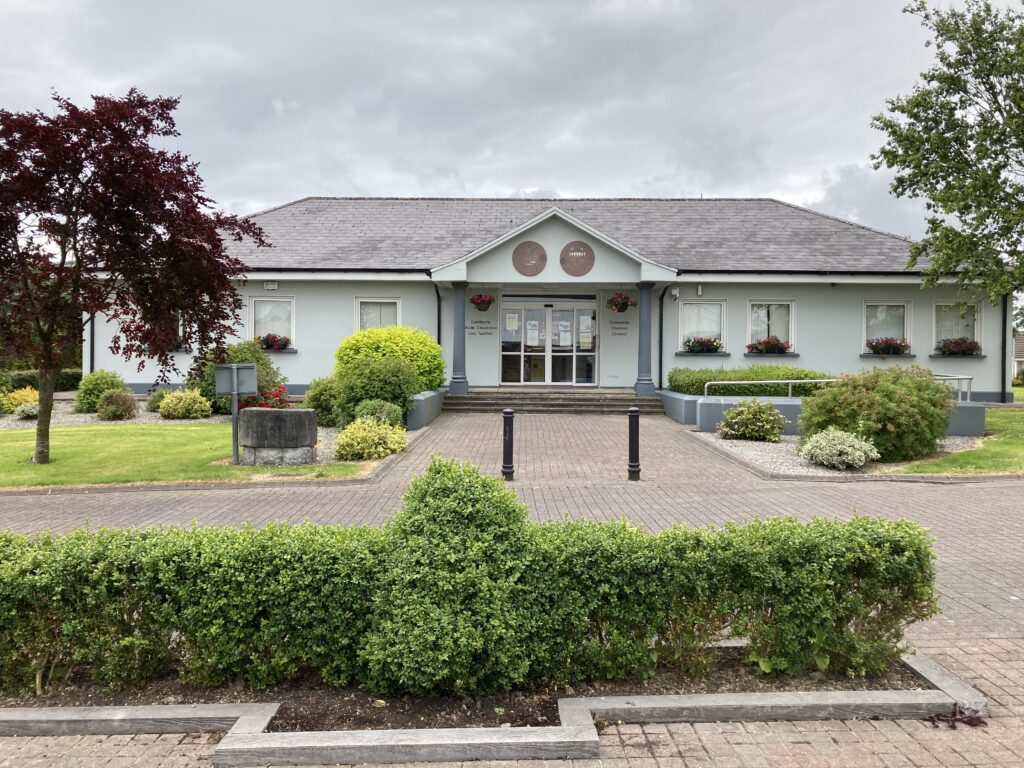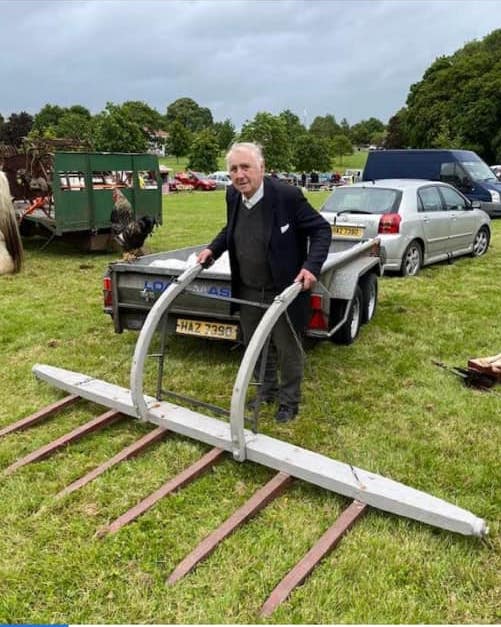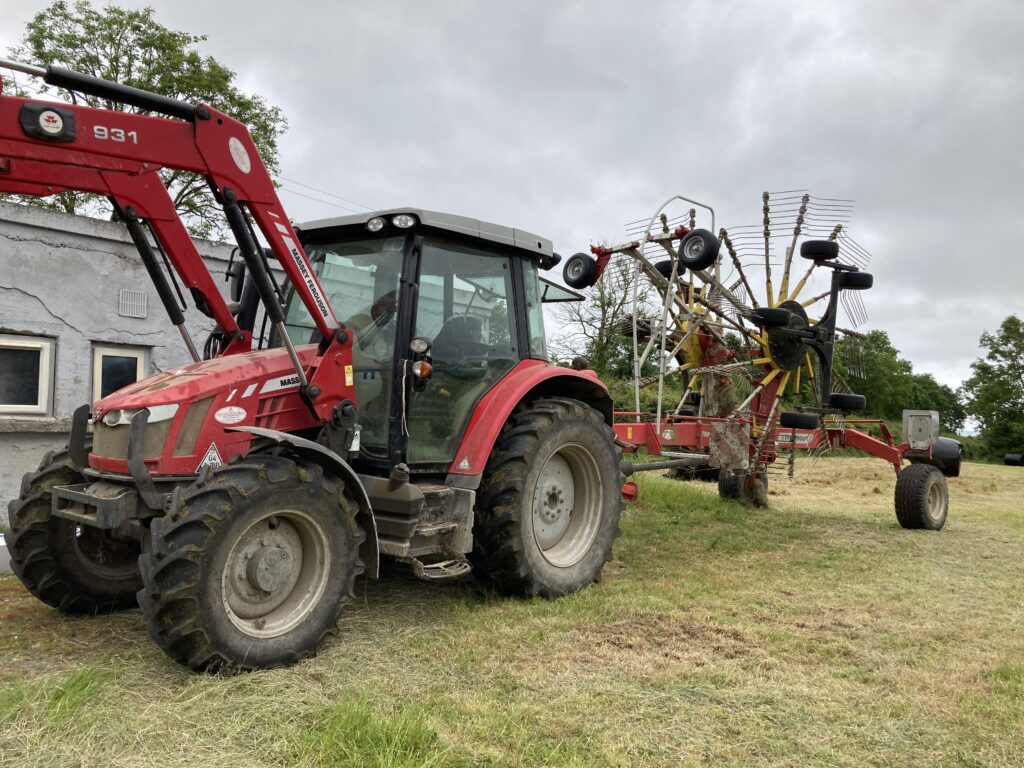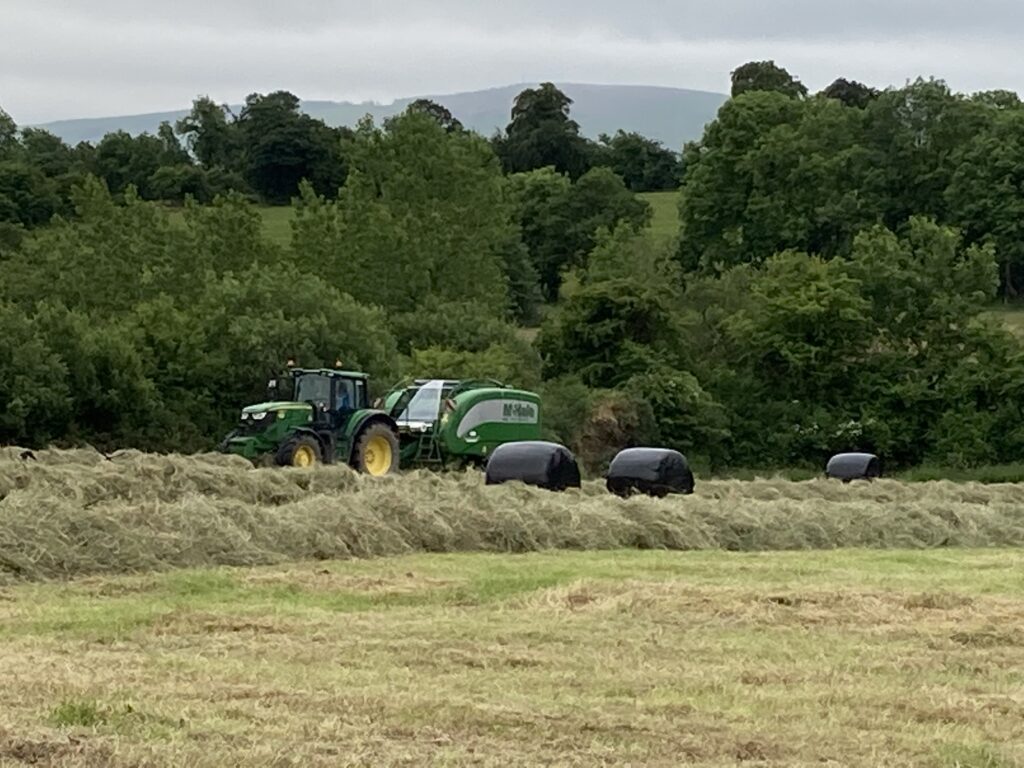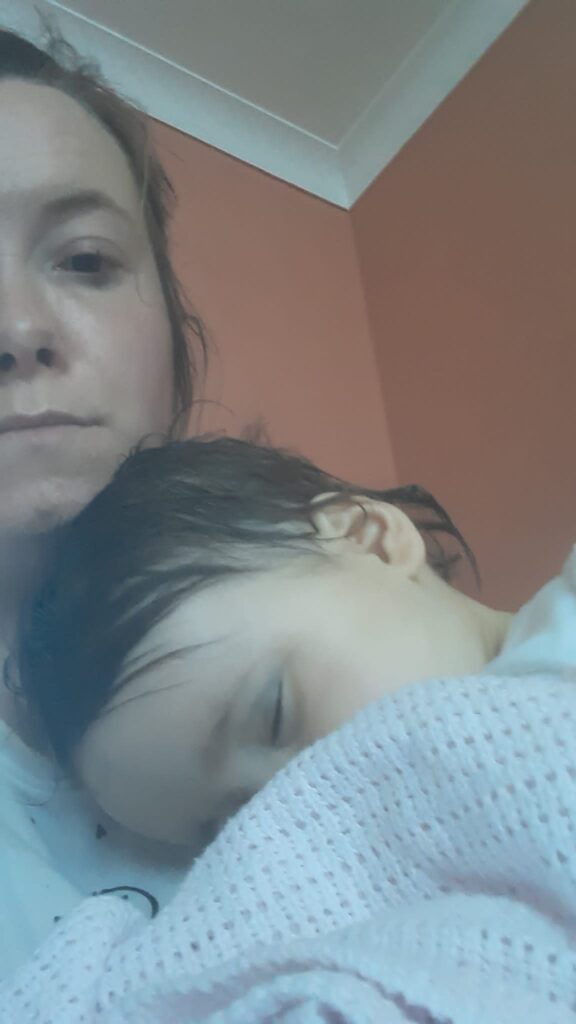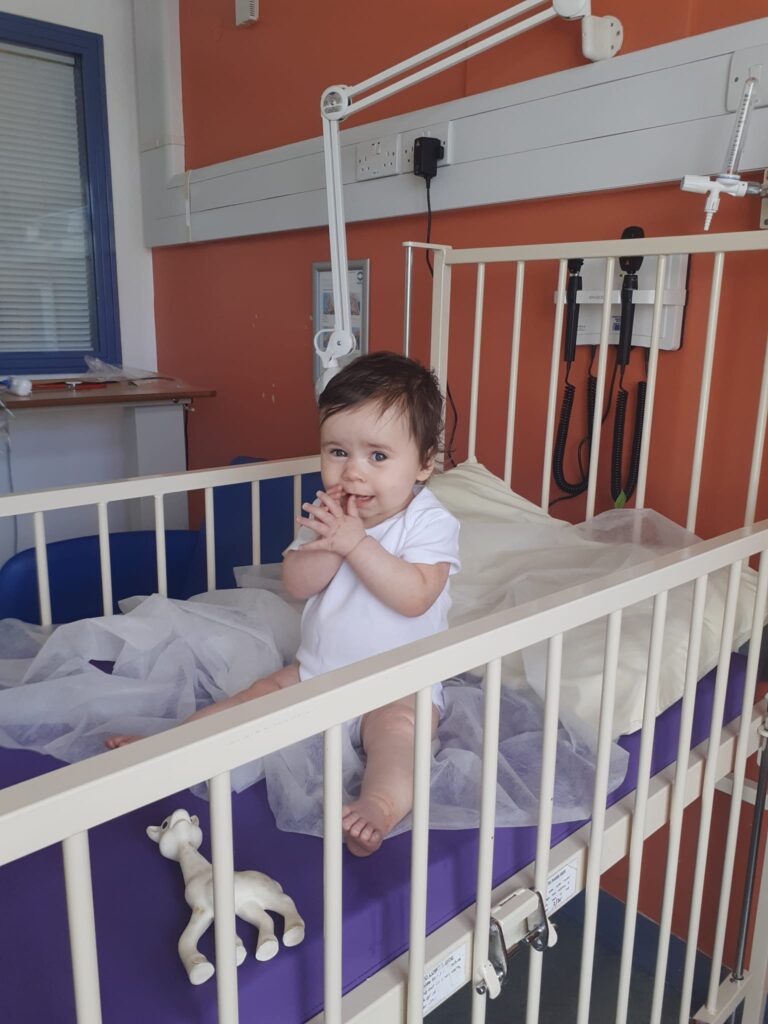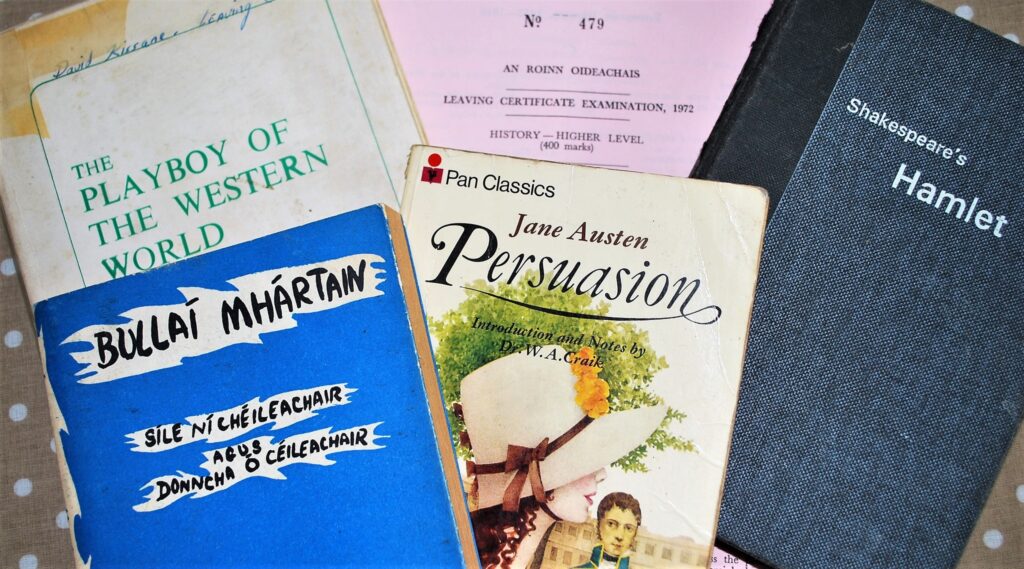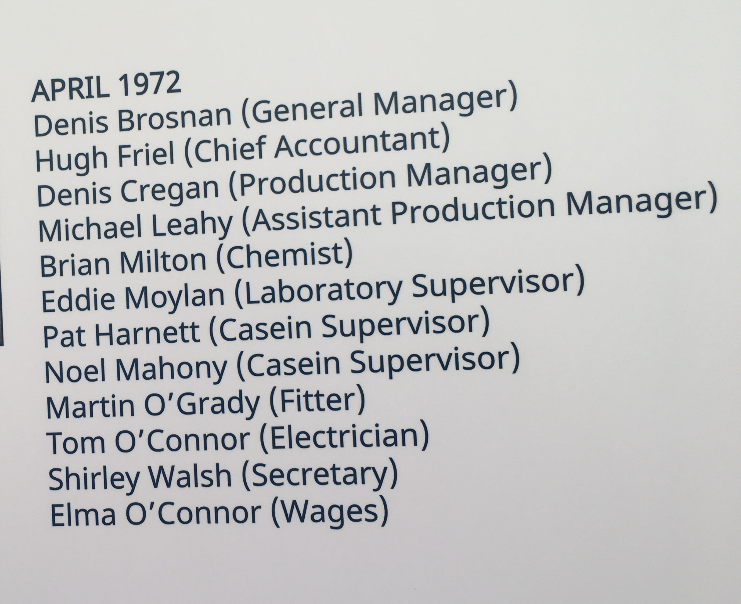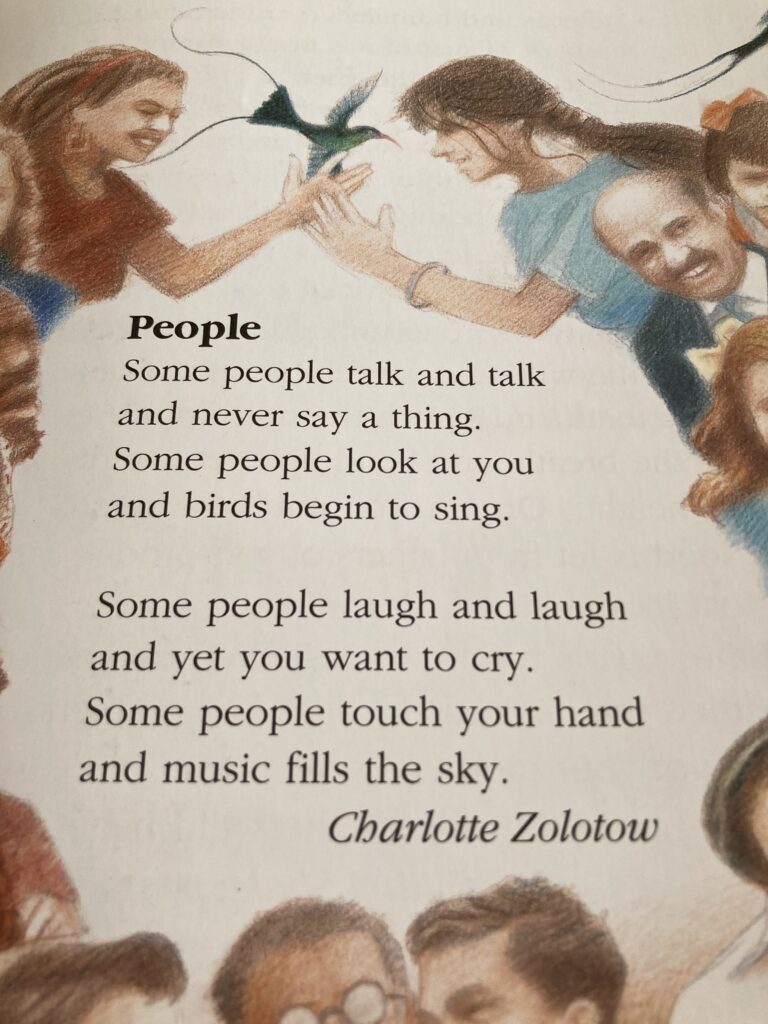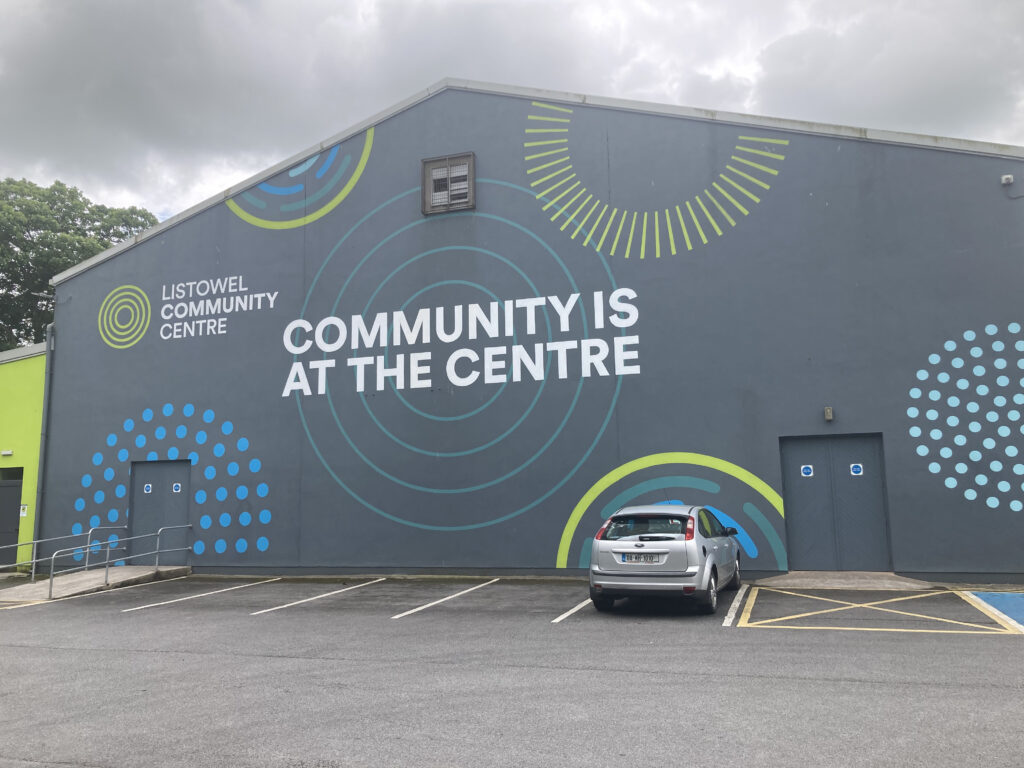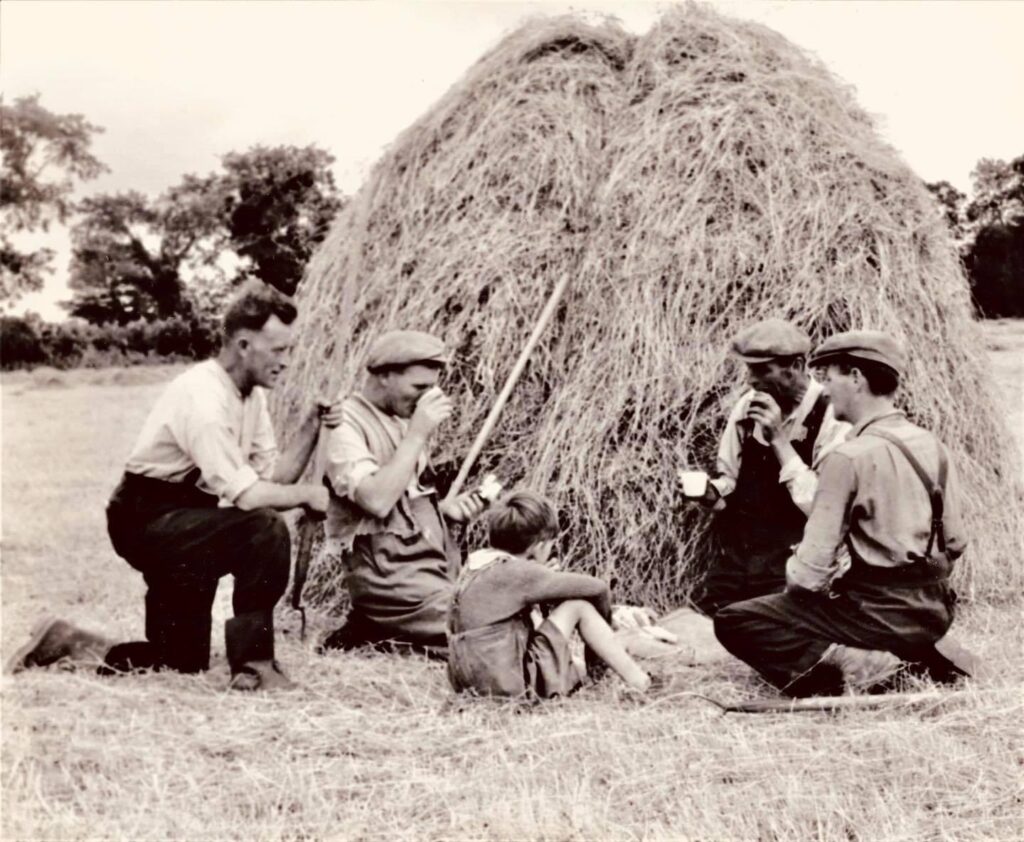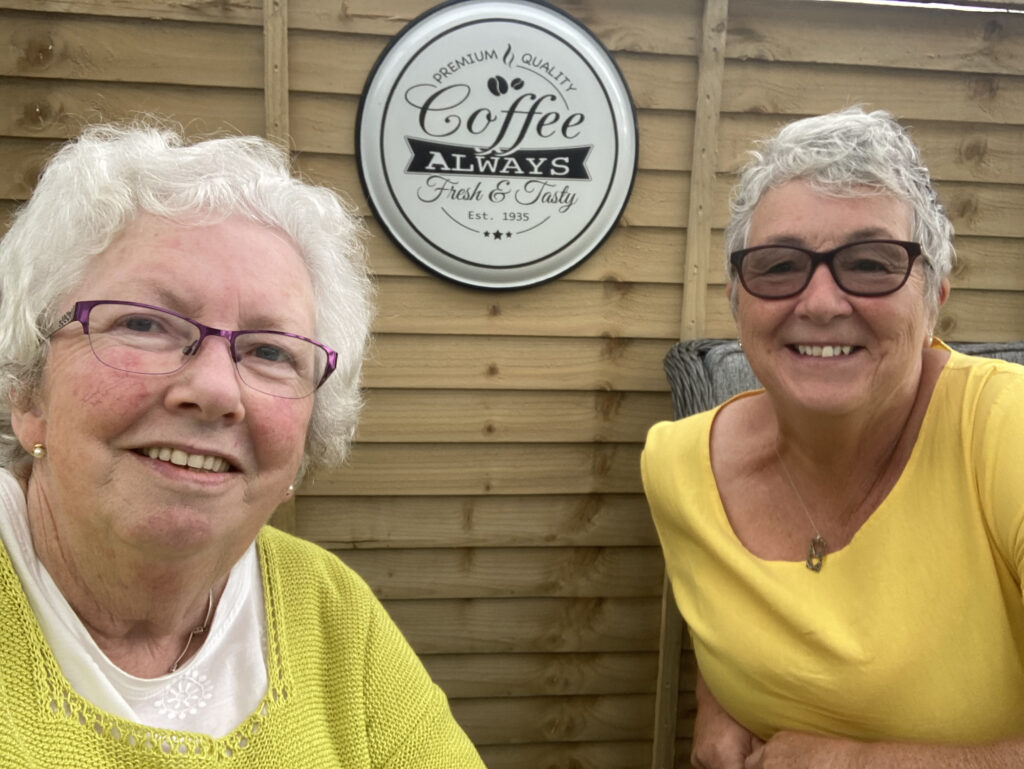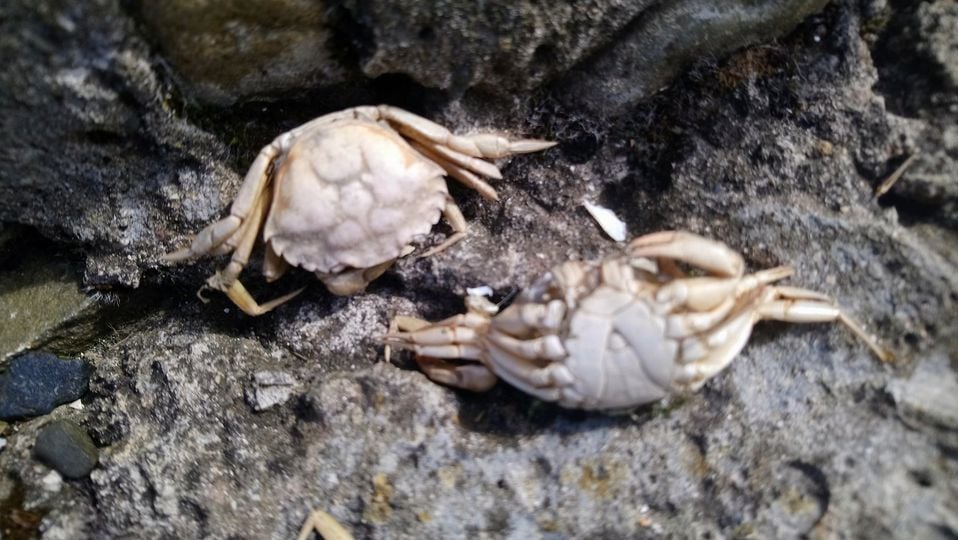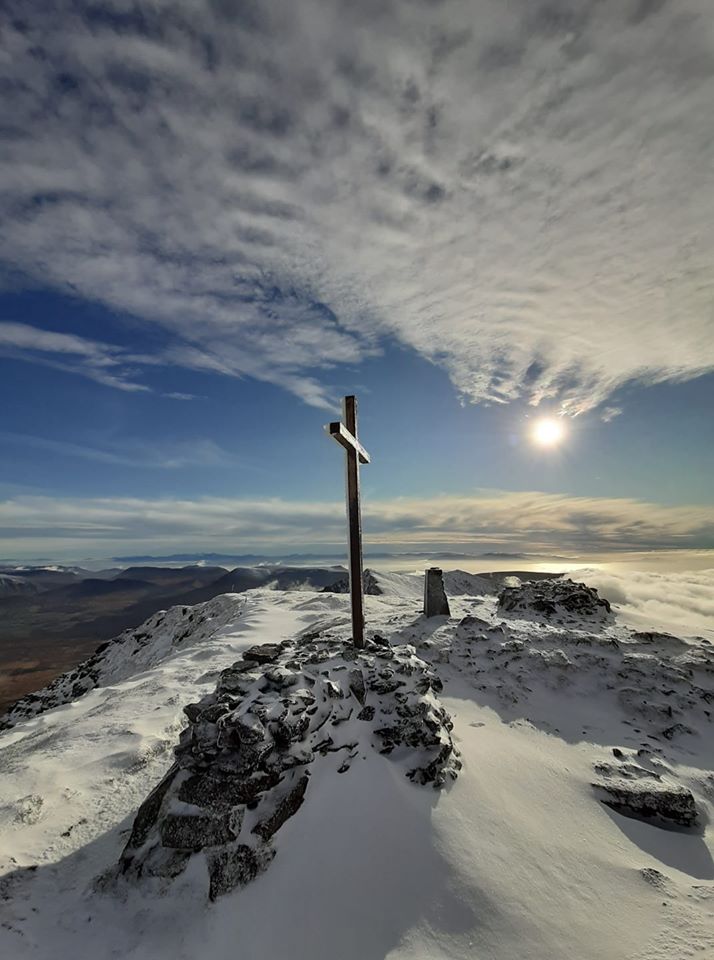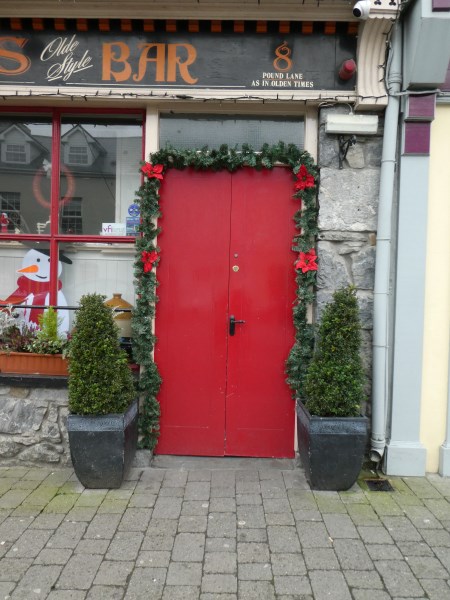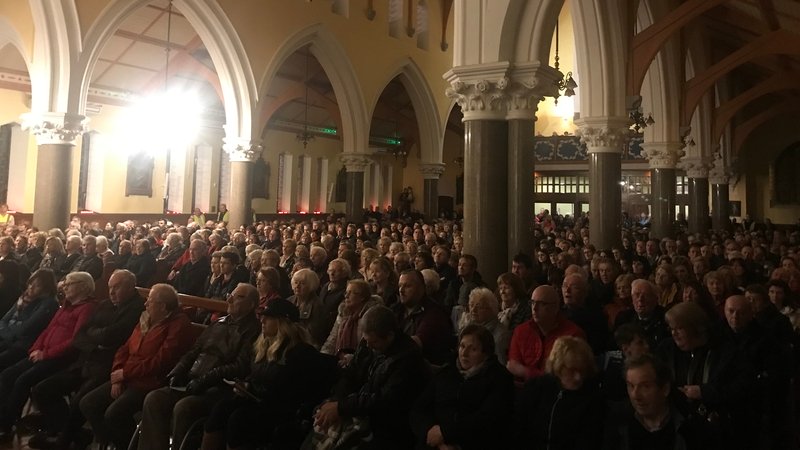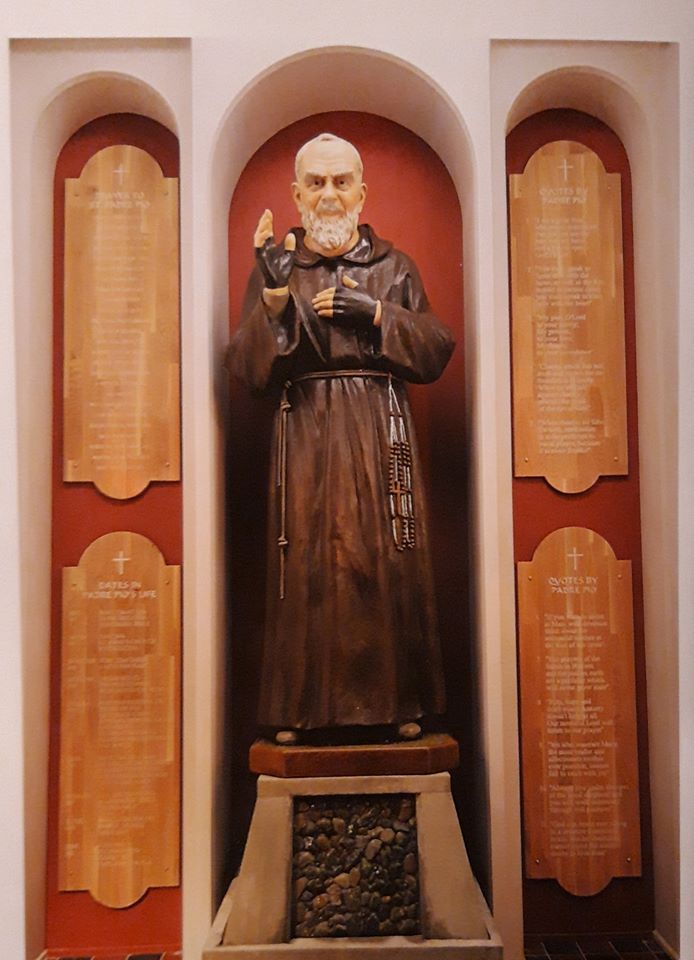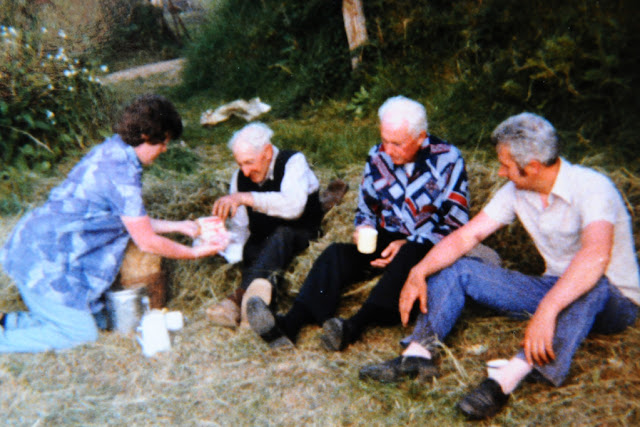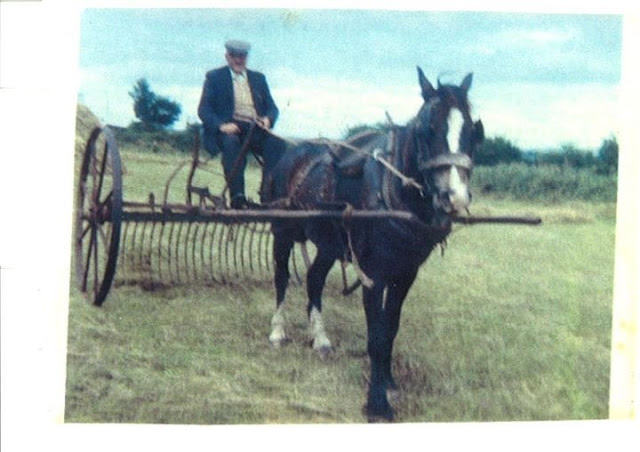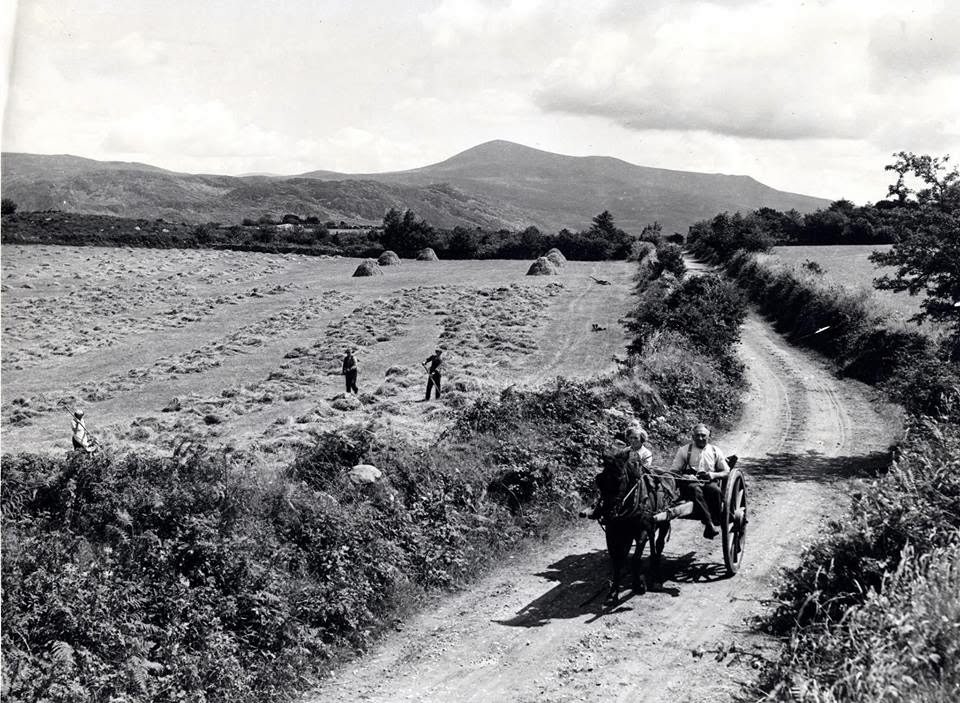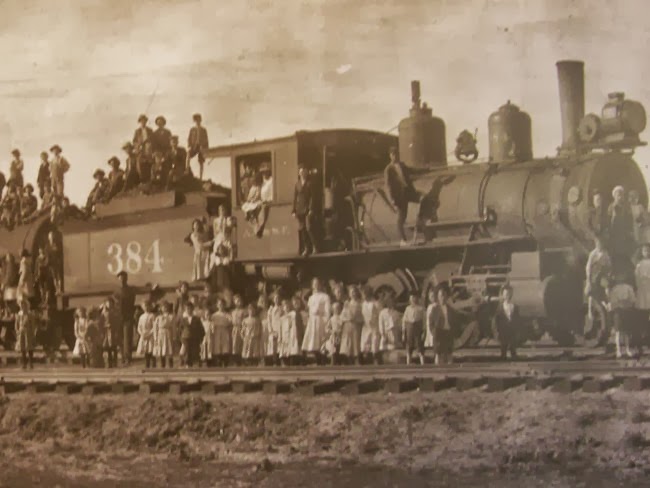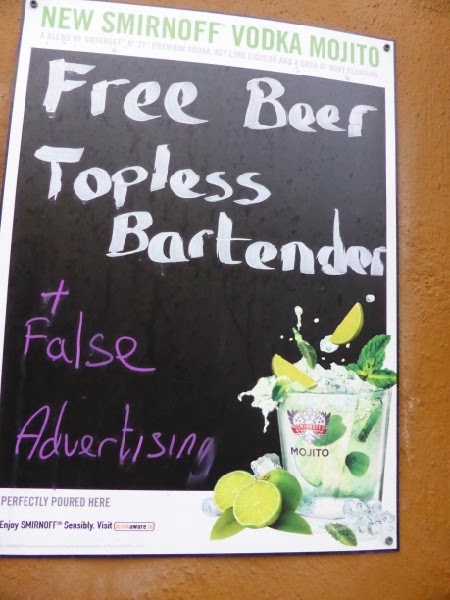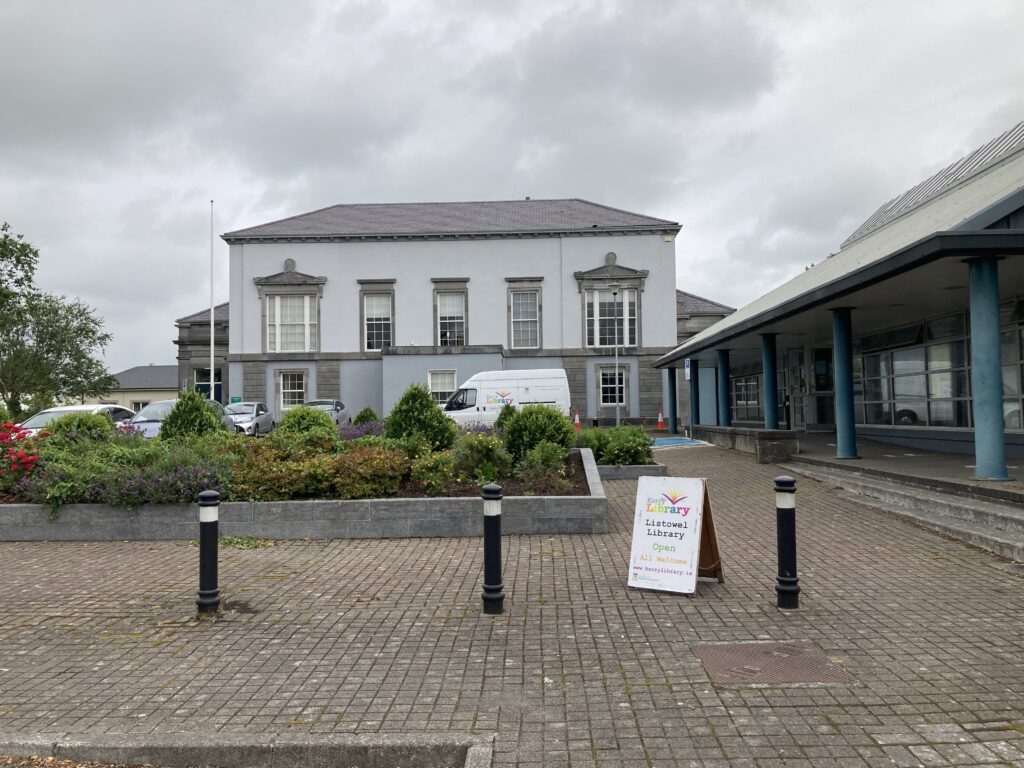
<<<<<<<<<<<<
Planning Your Weekend?
Two local festivals are back in full swing next weekend. Here are the details.
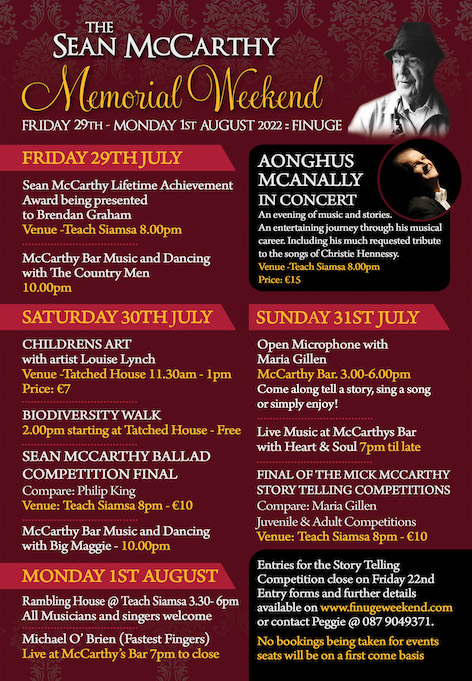
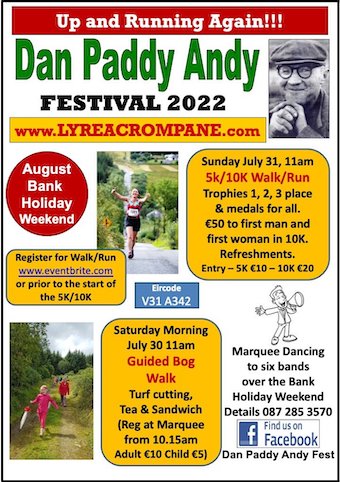
<<<<<<<<<<<<
The GAA is all about Family
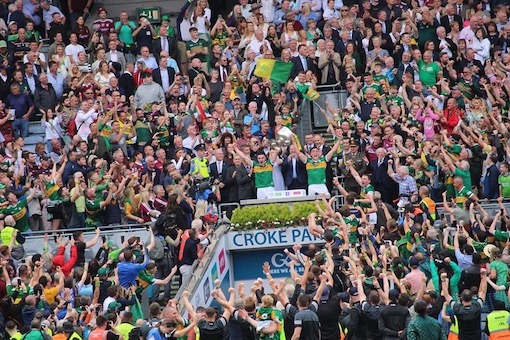
There are some families that are steeped in GAA lore. Football is in the DNA of OSés, Griffins, Cliffords etc etc. But Pat Spillane’s farewell speech has to be the most poignant reminder of how much winning an All Ireland medal can mean even to families who have biscuit tins full of them under beds.
“My father never saw us play. The three sons have 19 All-Ireland medals and his two grandsons today, Killian and Adrian, have two more. He would have been a proud man, 21 senior All-Ireland football medals brought in to his house. It’s just a special day. A special day.”
……………………………….
Stephen Fernane in this week’s Kerryman tells us why he also remembers his father on Ireland final day.
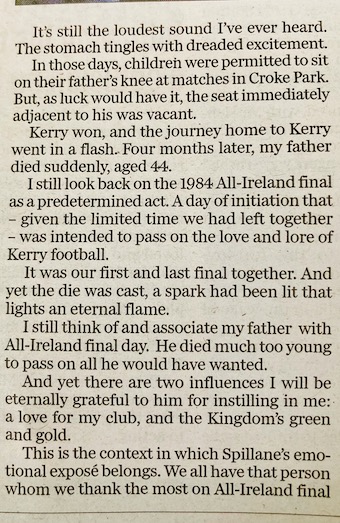
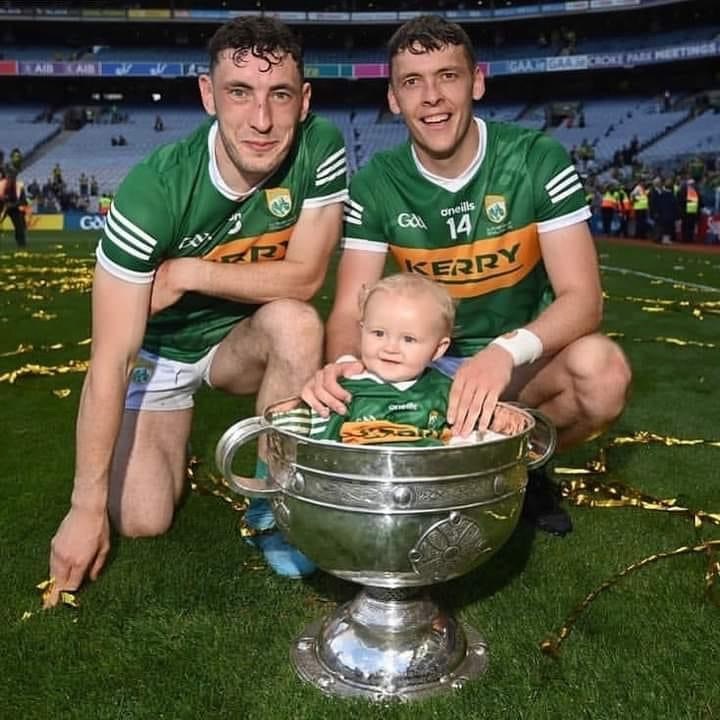
Ogie Clifford in the Sam Maguire cup with his father, David, and his uncle, Paudie in Croke Park on Sunday, July 24 2022.
<<<<<<<<<
Summers Past
“…Oh, for the touch of a vanished hand,
Or the sound of a voice that is still….”
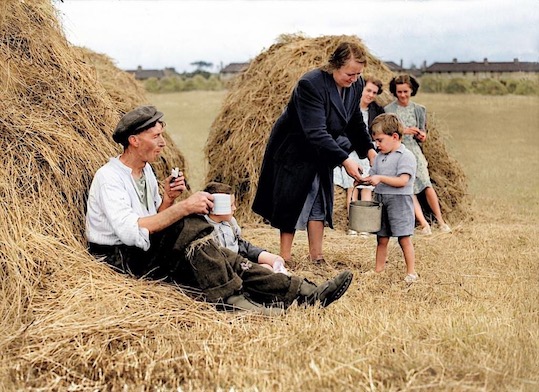
This lovely photo is from The Irish Examiner archive. It was taken in a meadow in Wilton in Cork but it could be anywhere in Ireland in the 1950s and 60s.
I remember the gallon of tea and the sandwiches wrapped in waxed paper from a sliced pan.
<<<<<<<<<
Obituary to a Man who Kept Lartigue History Safe
by David Kissane for The Ballydonoghue Parish Magazine
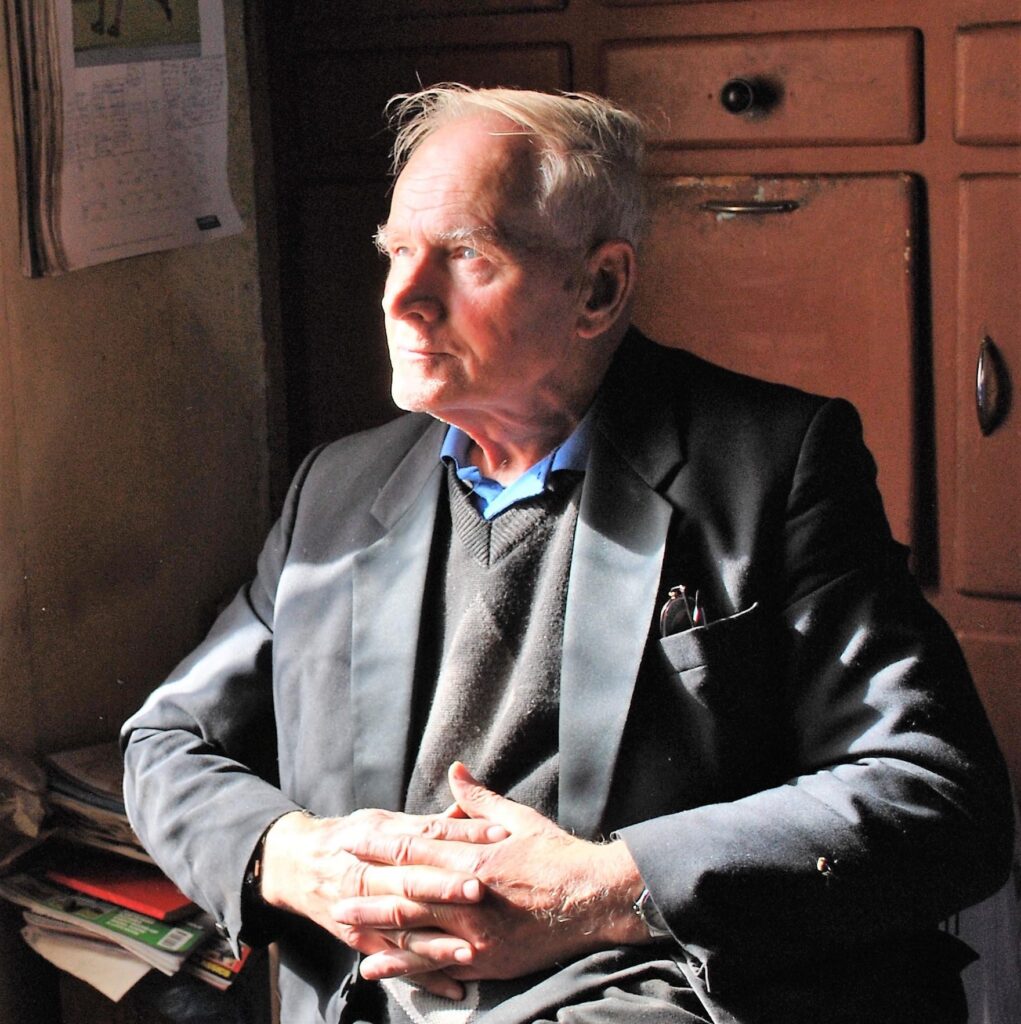
The Ballydonoghue Parish Magazine was saddened by the death recently of one of its original members, Mick Barry of Ballingown. Mick was an advertisement for mental and physical vigour, with a curious mind and a challenging nature.Well into his 90s, he had a long and interesting life, spent mostly on his farm in Ballingown where his father had passed away when Mick was quite young.
He was well rooted in his own townland and parish, and knew every inch and every person in the locality. He fulfilled many roles in his long lifetime, from farmer to enginerer to mechanic to historian to taxi driver to husband to father to grandfather to philosopher to much more.
He was a fear iol-dánach, a man for all seasons of human life. He was a valued companion of his friend John B Keane, a writer who valued the Kerryness of Mick. Mick contributed this Kerryness to his work with Listowel Writers Week and the Ballydonoghue Parish Magazine. His creativity was displayed on many occasions in his membership of the latter, creating the concept of the photo-story where he took an old photo and generated an article about the people in it, the time it was taken and the latent emotive potential around it. In times of doubt and division at a meeting, he could unentangle the algebra of issues and cast light on the possible road ahead.
An hour spent in Mick’s company always became three hours as he had the ability and nous to draw one into the fresh pastures of his tales, memories and histories. He was also, of course a humorous man and a rogue when it suited! A twinkle in his eye at the start of a story meant that his listener was going nowhere fast.
He was inspired by many things in the parish around him, not least the sulphur green and the bottle green and the lime green and the sea green of the Hill that looked down on him sometimes under a cobalt blue sky. He had the sunny side of that Hill as his first vista every morning, drawing a deep energising breath as he indulged his eyes over its raw and changing face for over 90 years. It was under that Hill that he recreated a section of the Lartigue Train to relive the Lartigue experience of the late 1800s and early 1900s, to the amazement and delight of neighbours like Páidín Roche and Joe Kennelly.
To see Mick in the company of his late wife Sheila at a meeting or on a night out was to experience a team of two who worked well together. They added a colour and texture to many a Lisselton night. Together they rinsed the mundane from many a flat ordinary occasion and rendered it special with a half smile, a knowing nod or a ripened word.
The BPM offers its sincere sympathy to the Barry family.
<<<<<<<<<<<

